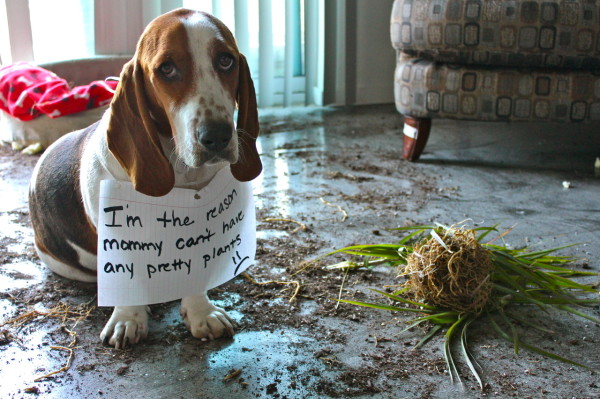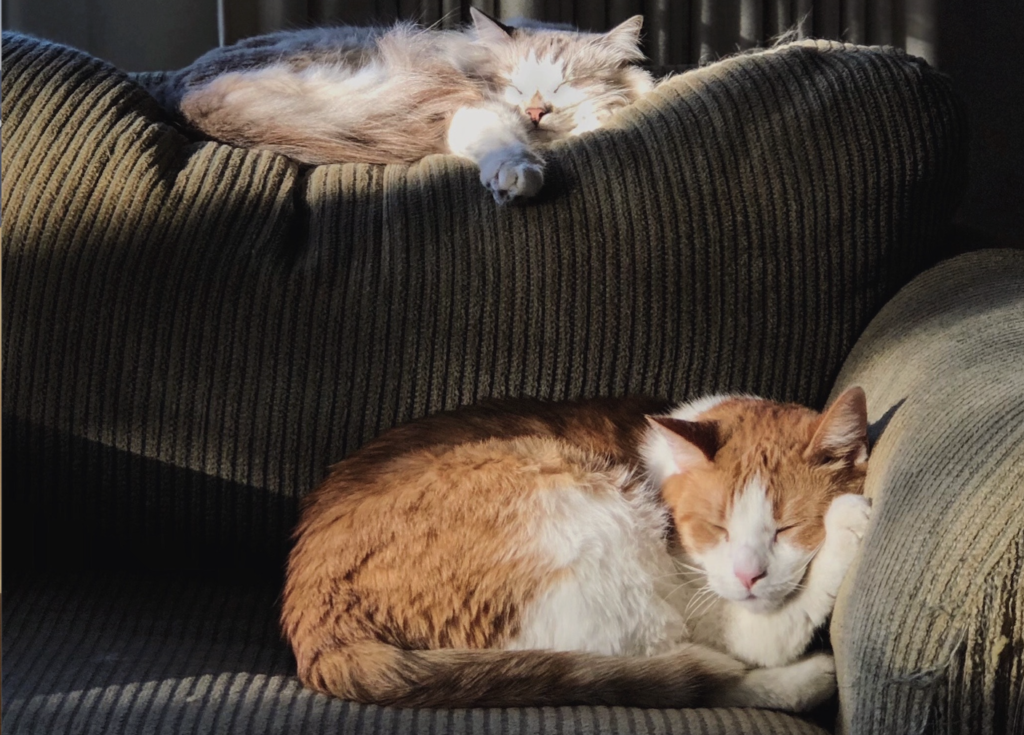If your vacation rental is near beaches, parks, or any other pet-friendly attractions, you might wonder if you’re missing out on potential customers by not allowing pets. According to AirBNB, 29% of all its guests prioritize being able to bring their pets, and it’s understandable why–it saves them significant costs and stresses of leaving them in a kennel and enables them to enjoy sharing their vacation experiences with their four-legged companions. So, should you open your doors to the fluffys and fidos of the world?
There are significant downsides. According to the Humane Society of the United States, 15% of the population is allergic to dogs or cats. Unfortunately, this doesn’t just leave us at 15% of potential guests not booking with us, because we still have to factor in the fact that travelers often travel together, compounding the probability that any group of would-be guests does not book because one in their group is allergic. Thus, assuming we would average 4 guests for each night we booked, we may assume that the probability of any of our would-be guests being allergic would be 28.125%, or perhaps a bit lower given that some pet allergies are hereditary and those allergic to pets are somewhat less likely to couple with pet lovers, increasing the likelihood that families will either have some allergic members or none.
Of course, while some who are allergic may be willing to book at pet-friendly rentals anyways, more who aren’t allergic will stay away because of preconceived notions that the unit may be less cleanly or poorly maintained, because of other respiratory conditions like asthma, or even because of religious objections (for instance, many Muslims consider dogs to be ritually unclean). Because of how wide-spread these issues are, AirBNB refuses to certify units as “business travel ready” if pets are allowed on the property, meaning you’ll also get fewer business travelers.
Thus, it appears that pet-friendly rentals deter at least as many, if not more, potential customers as they attract by being pet friendly. Still, you might think that going pet-friendly will be worth it because fewer hosts are willing to open their rentals to pets, meaning less competition, and an opportunity to charge pet fees or more for their units in general. But, first, you should consider the reasons fewer hosts are willing to open their units to pets in the first place.
Pets inevitably leave a mess. Even if they’re house trained and don’t treat your furnishings as their personal litter box, they’re still likely to shed significant amounts of hair and leave odors/danders that are nearly impossible to get rid of. Each time you have guests with pets, you’re rolling the dice–maybe you’ll get lucky and have a few well-behaved animals with owners who pick up after them, but eventually you will find carpets soiled, furniture chewed/clawed up, garbage strewn around by a playful dog, and breakables knocked over. Because of this, you can expect to spend a lot more time/money on cleaning and will need to regularly replace damaged items. In cases of acute damage, you might be lucky enough to get guests to pay for damages, but you certainly can’t count on it; and Airbnb’s insurance and many other insurance policies specifically exclude damage caused by pets, so you’ll often be stuck with significant costs. Lots of damage also takes the form of more gradual wear-and-tear; so you’ll find yourself having to replace furnishings a lot more often, but without any specific guests/incidents to point to.

If you do decide to go pet-friendly, perhaps because your rental unit already has pets living on the property, or because you live next to a dog beach or comparable destination that disproportionately attracts guests with pets, you’ll need to do everything you can to make your rental pet ready. This will also be useful even if you don’t allow pets, because you’ll still occasionally have guests staying with service animals and emotional support animals (refusing or charging extra for them goes against AirBNB’s non-discrimation policy).
Tile and laminate floors are easy to clean and scratch resistant. Dogs chew through furniture with wooden legs, but leave metal alone. Leather or faux leater are typically scratch/hair resistant. If you prefer upholstery, you’ll want tightly woven materials like microfiber, canvas, a tightly-woven twill, or denim that are scratch resistant and easy to clean (the same goes for area rugs). Don’t leave out breakables that are easy to knock over and remember that anything soft not put up or away might become a chew toy so, for instance, it’s best to put trash bins under the sink or in sealed containers. Finally, be sure to leave out cleaning supplies for your guests, so they can clean up after their pets instead of leaving all the messes behind for you!

Even with these precautions, you’ll still have more wear-and-tear and greater cleaning costs, so you’ll need to recoup these costs in fees or higher prices. While a $15-50 pet fee can be reasonable for the first night, it’s important to charge less for subsequent nights, since most of the need for extra cleaning and risk of damage are already present on the first day. For instance, you can charge “$30 a night, or a flat fee of $80, whichever is less;” and now your fee structure incentivizes longer stays! (You can also justify charging more if you’re prepared to offer amenities like litter boxes and water/food bowls that make it easier to travel with pets). You’ll also incentivize people to leave wilder pets at home and to supervise their animals if you require refundable deposit.
Opening your unit up to pets isn’t for most hosts. Depending on your location, if you’re looking to book more stays at higher prices, it would often be better to focus on business/luxury travelers. But if your unit’s in a dog-friendly family vacation destination and isn’t already filled with fine suede or velvet seating, wall-to-wall carpeting, and decorative vases, we hope this article has given you some helpful ideas about how to prepare your units before you take the puppy plunge!



